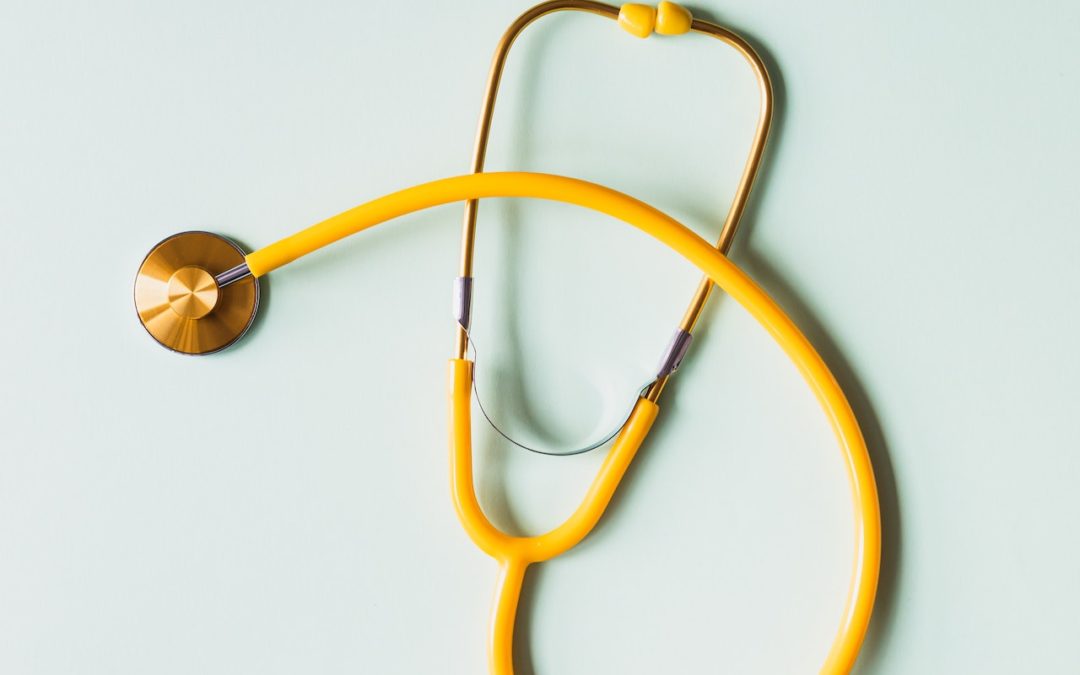According to current statistics published by the World Health Organization, more than 1.5 billion people around the world are currently living with hearing loss. This figure could increase to more than 2.5 billion by 2030, with young people between the ages of 12 and 35 facing the highest risk. Here’s what you need to know about the issue, and how telehealth may be able to help:
What causes hearing loss?
According to estimates, 16 percent of disabling hearing loss occurs in professional settings. This type of hearing loss is generally caused by exposure to occupational noise such as machine noise in a factory, with workers in developing countries being most at risk. Ototoxicity—which refers to exposure to substances that are associated with hearing or balance disorders—is another cause of acquired hearing loss. Ototoxicity can be the result of occupational exposure to ototoxic substances. It can also develop after taking ototoxic medications, even if they are taken as directed.
Many people can proactively avoid hearing loss using simple interventions like limiting their exposure to excessively loud noises, treating ear infections quickly, and avoiding being around ototoxic compounds or taking medication that can cause hearing and balance problems. But for this method to be successful, the patient’s professional and personal circumstances as well as the availability of care must be considered.
Unfortunately, many people do not have a choice in their living or personal situations. This is likely to be the same population that does not have adequate access to high-quality ear and hearing care facilities. Considering that 44 percent of the people in the world live in rural areas where audiological care is unavailable, providing these communities with access to hearing care is going to require a more creative approach.
Why is telehealth the future of audiological care?
Regular observation and follow-up care is likely to result in more positive health outcomes for people experiencing hearing loss. If detected early, estimates suggest that hearing loss in children can be mitigated in 60 percent of cases. As rural communities in countries around the world typically may not even have ear specialists, let alone the equipment needed to diagnose and monitor complex audiological conditions, it is clear that ear and hearing care services need to be ramped up globally. A new study suggests that hearing assessments conducted via telehealth could fill that gap.
The study, which was published in The Journal of the Acoustical Society of America, explores how telehealth can help provide audiology services to people of all ages with hearing and balance problems who live in remote areas with no access to in-person treatment. The paper also posits that telehealth can be used as a tool to improve the quality of research in clinical studies. Scientists would be able to efficiently gather more representative hearing data across a broader range of communities, including both urban and rural communities.
Unobserved, aggravated hearing loss can hugely impact the quality of life of anyone who depends on verbal speech—which is most of us. Loss of hearing can negatively affect speech and impair a person’s ability to be understood by others. It can also have a negative impact on academic performance, limit work prospects, and affect a person’s quality of life. What is particularly concerning about this is that in many cases, hearing loss is preventable.
How would telehealth hearing care work?
Hearing assessments conducted via telehealth would allow people with hearing problems to receive online hearing care provided by an ear specialist located in an urban center many miles away, either in the comfort of their home or by visiting a local clinic with communications capability. Rather than testing hearing in a soundproof room using standard desktop audiology equipment, hearing can be tested online by using a set of wireless headphones operated by a doctor via laptop or smart phone.
“Digital health technology is versatile and, in many ways, can meet the patient where they are,” says Samantha Robler, an Assistant Professor at the University of Arkansas for Medical Sciences (UAMS), and lead author of the study. “A real strength is that it can help take patient care to the next level by moving from an in-person, visit-centric approach to a person-centric approach that better supports a person’s life and their needs.”
According to Robler, telehealth audiology services can also help monitor and prevent hearing loss in people who are being treated with ototoxic medication or who are regularly exposed to excessively loud noise due to their occupation.
What’s the next step for researchers?
Robler, together with her UAMS research team, now plans to scale up several hearing studies remote areas across Alaska. They aim to narrow the gap in the quality and availability of care between urban and rural communities by conducting joint research studies on a variety of topics ranging from device development to implementation. The ultimate goal is to ensure that everyone, everywhere, has access to high-quality auditory health care services, including people living in historically under-resourced rural areas.
Remote telehealth technology could represent a seismic shift in efforts to bring hearing health care services to patients living in rural areas. It could also play a fundamental role in detecting, tracking, ameliorating, and reducing hearing loss in high-risk groups, thereby decreasing the WHO’s future projected hearing loss statistics, with multiple positive outcomes. This will not only improve the hearing health outcomes of these patients, but it is also likely to improve their learning skills and job opportunities, as well as their quality of life.

